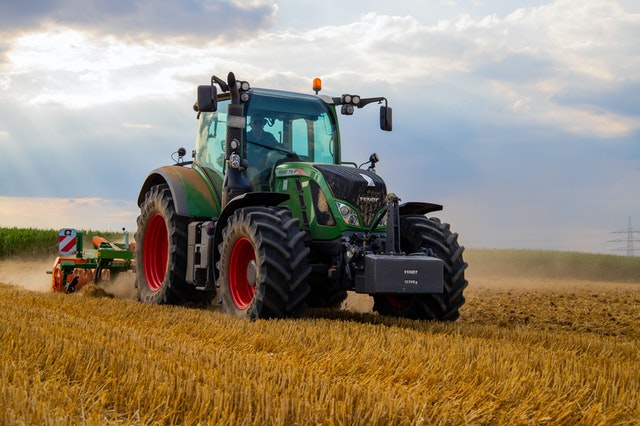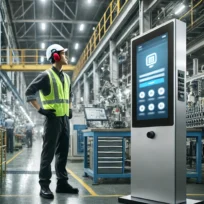Installing ball casters into your systems is one of the easiest ways to improve their mobility and functionality. However, the application doesn’t come without its nuances.
Whether you are turning to ball caster applications for construction machines or niche robots, you need to follow a few critical steps. This ensures that your systems are working according to your expectations at all times.
To help you get the most out of your omni wheel caster and ball caster uses, here are a few ways to ensure their optimal performance against your systems.
Pay Attention to the Weight
It’s critical to determine how much weight can your ball casters handle on a consistent basis. Depending upon the material and the built, this specification can vary across each ball caster.
That’s why, it’s important that you look at the load estimation by each manufacturer. This helps you determine how many units you need against your system for ideal weight management.
Apart from providing you with the required speed, this also helps with weight distribution and ensures long-lasting durability of your casters. That’s why, it remains one of the most crucial factors in ball caster applications.
Don’t Forget the Spacing
Regardless of the type of machine you are using, you can’t achieve the expected movement without proper spacing of your ball casters. Keeping this in mind, make sure that you are paying attention to this aspect.
Much like weight distribution, this aspect varies due to manufacturer specifications. But it also heavily depends upon your system’s design and overall structure.
To strike the perfect balance between your ideal ball caster uses and performance, you can select your equipment according to load specifications first. From there, you can determine if it works with your spacing requirements.
Be Mindful of the Material

Most ball casters are made from various types of metals such as steel. But others also use heavy duty plastic as their base material. While the former delivers long-lasting durability, the latter comes with more affordability.
In moderate weight applications, this provides you with plenty of options in terms of material selection. However, when you are working with a heavier load, it’s important that you put durability over accessibility and choose metals over plastic.
This ensures that your ball caster applications deliver the features that you expect out of them. It also makes sure that you don’t have to change your casters every few months due to breakage issues.
Think About Long-term Lubrication
As opposed to ball transfer units that are applied on surfaces for intermittent object transfers, ball caster uses deliver constant transportation of heavy loads. This makes ball transfer units easier to reach for maintenance and replacement, and makes casters a trickier choice in this aspect.
That is why, you need to be more vigilant in determining the long-term performance capacity of your casters. While durability comes from strong material, frictionless movement comes from features such as permanent lubrication.
With this in mind, make sure that your selected casters come with features such as lubricated seals. This provides you with perfect support and ensures that your casters don’t need frequent upkeep from your end.



